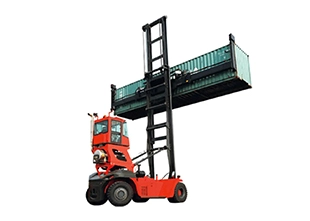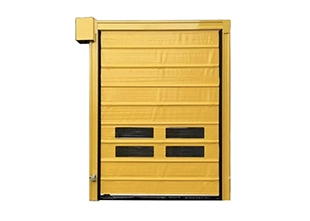InChI: InChI=1/Al Aluminum Powder Aluminum Powder
I Physical and Chemical Properties and Uses
Odorless. Silver-white metallic powder, auto-ignition temperature: 5900°C, lower limit of dust explosion: 40mg/m³. Used in the manufacture of: paints, inks, pigments and fireworks, also used as an additive in porous concrete. Aluminum can also be used as therapeutic and pharmaceutical supplies, in addition to the automotive and aircraft industries.
II Toxicity
The product is non-toxic and has a pulmonary fibrosis effect on the respiratory tract. Maximum permissible concentration: 4mg/m³.
III Effects of short-term exposure
Inhalation: High concentrations of dust can irritate the mucous membranes of the respiratory tract. Eye contact: Fine dust particles are generally non-irritating, large dust particles can cause some frictional irritation. Oral: No toxic reaction to doses that normally enter the oral cavity in the workplace. A large amount of swallowed dust is a frictional irritant to the stomach and intestines.
IV Effects of prolonged exposure
Prolonged or repeated exposure can cause fibrosis of the lung tissue and the development of aluminous pneumoconiosis, with symptoms including: coughing, shortness of breath, loss of appetite, and lethargy. Symptoms similar to asthma have been known to occur.
V FIRE AND EXPLOSION
The product is combustible and fine powder and air can form flammable and explosive mixtures. The fire can be isolated and allowed to burn out. Use yellow sand, talc, and sodium chloride to extinguish small fires. Absolutely no water is allowed.
VI Chemical Reactivity
Do not contact with dilute acids or strong bases. Large quantities of dust will naturally heat up when damp. Mixtures of aluminum powder and other metal oxides will react violently or catch fire when exposed to fire. Mixture with halogenated elements will catch fire. Explosive reactions can occur when heated or rubbed with halogenated hydrocarbons.
Inhalation: If the dust concentration is unknown or exceeds the exposure limit, a Class I dust mask should be worn. Skin: To prevent excessive dust deposition or friction, use gloves, overalls, and work shoes. Eyes: Wear chemical safety glasses.
VIII FIRST AID
INHALATION: If irritation occurs, keep eyelids open and flush affected eyes with saline or slightly warmed, slow running water for at least 10 minutes. SKIN CONTACT: If irritation occurs, blot or wipe off excess aluminum powder gently. Oral: Do not induce vomiting. Give the patient about 250 ml of water. All patients should be treated by a physician.
IX STORAGE AND TRANSPORTATION
Observe the rules for storing and transporting flammable substances. Store in a cool, dry, well-ventilated place to avoid dust. Packing Nos. 2 and 6.
X Safety and Handling
Only trained personnel should carry out cleaning work. Ensure that good ventilation is provided. Use good protective clothing and respirators. Do not touch loose material, which can be shoveled into clean, dry, labeled containers and covered, rinse site with water. Keep combustibles away from loose materials and comply with environmental protection regulations.
This is the first one.



